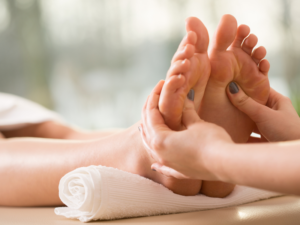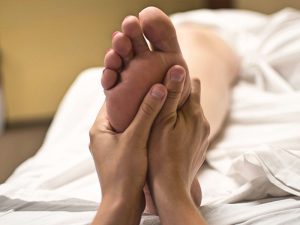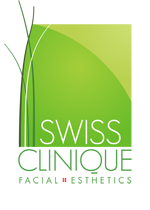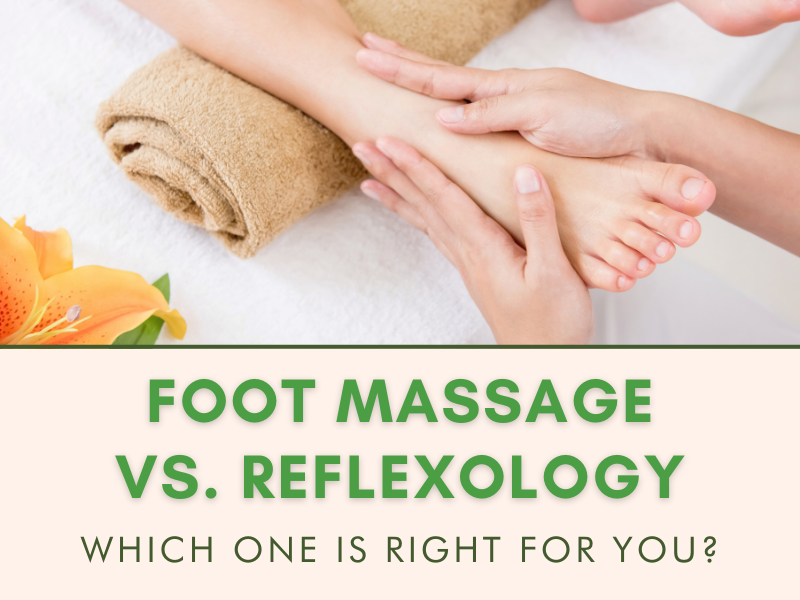When it comes to taking care of your tired and aching feet, two popular treatments are often confused with each other: foot massage and reflexology. Foot massage is a popular and well-known way to relax and relieve foot pain, but how does it compare to foot reflexology? We’ll explore the history, benefits, and differences between the two so you can decide which one is best for you.
What is Reflexology?
 Reflexology is a type of massage therapy that uses pressure to stimulate areas of the feet, hands, and face. It is based on the belief that these specific areas are connected to different organs and body systems. Stimulating these areas can help heal various ailments throughout the body.
Reflexology is a type of massage therapy that uses pressure to stimulate areas of the feet, hands, and face. It is based on the belief that these specific areas are connected to different organs and body systems. Stimulating these areas can help heal various ailments throughout the body.
Reflexology is an ancient practice, possibly first being recorded as a pictograph as far back as 2330 BC. It was further developed by Dr. William Fitzgerald in the early 20th century, who found that applying pressure to specific points on the feet could produce changes in the corresponding parts of the body. It has been used in the east for centuries, with Chinese and Japanese reflexology massage being popular in the past. It’s becoming increasingly popular in the west as an alternative form of relaxation and healing.
During a reflexology session, pressure is applied to specific reflex points on the foot or hand to balance the body’s energy and eliminate blockages or pain. Today, many people rely on this type of massage therapy for relaxation, pain relief, and overall wellness.
Unlike traditional massages, reflexology does not include kneading muscles or using oils. Practitioners use their fingers or special tools to apply firm but gentle pressure directly onto the reflex points of the feet. Reflexology works more deeply on an energetic level to restore balance in the entire body.
What is a Foot Massage?
 Foot massage is a therapeutic technique to relieve tension and reduce foot pain. It can also be called massage therapy, plantar fasciitis massage, or a foot rub. Foot massage involves manipulating the soft tissue of the feet with specialized techniques such as rubbing, kneading, and pressing. Pressure can be applied lightly or deeply, depending on the desired outcome. The general goal is to promote relaxation and improve circulation.
Foot massage is a therapeutic technique to relieve tension and reduce foot pain. It can also be called massage therapy, plantar fasciitis massage, or a foot rub. Foot massage involves manipulating the soft tissue of the feet with specialized techniques such as rubbing, kneading, and pressing. Pressure can be applied lightly or deeply, depending on the desired outcome. The general goal is to promote relaxation and improve circulation.
A foot massage can be done in a professional office, spa, or even at home. They use products such as foot creams, oils, lotions, or tools like massage rollers and foot sponges. Massage therapists use their hands to manipulate pressure points in the feet using kneading, stroking, and other techniques to stimulate the area, releasing tension and reducing pain.
The Benefits of Reflexology
A significant benefit of reflexology is that it can help alleviate chronic pain. The body’s natural healing process is stimulated when pressure is applied to specific points on the feet. Additionally, reflexology can boost energy levels, improve sleep quality, and increase focus and concentration.
Reflexology can relieve symptoms of digestive disorders, including constipation, IBS, and heartburn. It can also relieve symptoms related to premenstrual syndrome (PMS) and menopause. It is even said that reflexology reduces cravings, helps you lose weight, and helps you stay on track with your diet.
There are psychological benefits to reflexology as well as physical benefits. By promoting relaxation and releasing endorphins, it can reduce anxiety, depression, and stress. Additionally, the practice is believed to strengthen the body’s natural defenses against illness and balance the nervous system.
The Benefits of Foot Massage
One of the most popular benefits of a foot massage is its ability to improve circulation. Regular massage helps increase blood flow throughout the body, which can help reduce inflammation and reduce the risk of injury. Increased circulation can also help to improve healing time and reduce pain in people recovering from an injury or illness.
Regular foot massages provide relief from muscle tension. Massage techniques can target specific areas of the feet that tend to get tight and uncomfortable after long periods of standing or walking. It can help to reduce pain caused by plantar fasciitis, bunions, and other foot conditions. Research has also suggested that regular foot massages can help reduce stress levels, anxiety, and sleep quality.
Which one is Right for You?
When deciding whether foot reflexology or a foot massage is the better option, there are a few factors to consider.
Foot Reflexology is a great choice if you’re looking for a holistic approach to the healing and health of your overall body. This therapy combines massage, acupressure, and meridian points on the feet to target different areas of the body and stimulate natural healing. People with chronic pain, stress, headaches, digestive issues, or circulatory issues often find relief with foot reflexology. Foot reflexology is done by a professional, usually in a spa or office setting.
A foot massage focuses on relaxation and easing tension in the muscles of the feet. Non-professionals can perform foot massages, so many people find it convenient when they want to alleviate tired and aching feet quickly. It’s often a great way to end a long day or relieve stress and anxiety. If you’re looking for a simple way to relax and soothe your feet, a foot massage might be a good option.
In either case, it is important to consider any medical conditions that either treatment could exacerbate and to consult with a professional if necessary. Both foot reflexology and foot massage can provide numerous benefits, and ultimately it comes down to personal preference when deciding which one is right for you.
Foot Reflexology at Swiss Clinique
Swiss Clinique provides some of the best reflexology in Newport Beach and Corona del Mar. We specialize in a variety of different reflexology treatments that are designed to ease both physical and emotional conditions. To book an appointment and experience the benefits of reflexology first-hand, schedule online or call us at (949) 500-1210.

